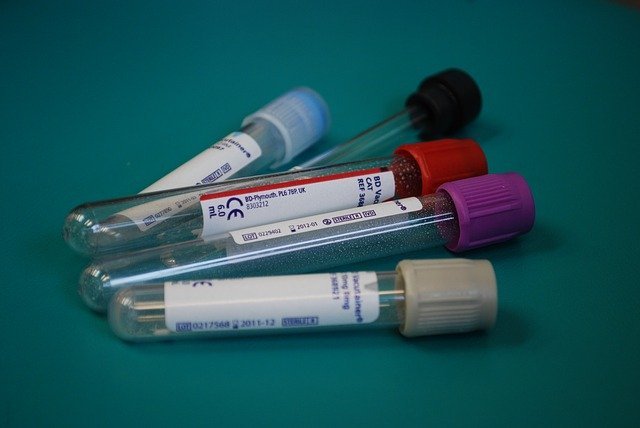
People with blood types A and B may have higher risks for developing dangerous blood clots compared to people who have type O blood.
That’s according to new research that also showed a slightly higher risk for certain types of heart disease among the A and B groups.
Past research has shown a likely link between heart disease and the ABO gene that exists in people with A, B or AB blood types, but not in people with type O blood.
A 2017 preliminary study showed people with the ABO gene are at higher risk of heart attack during periods of heavy air pollution.
The new study of more than 400,000 people published Thursday in the American Heart Association journal Arteriosclerosis, Thrombosis, and Vascular Biology.
Researchers found that compared to people with type O blood, those with types A or B had a combined 8% higher risk of heart attack and 10% increased risk of heart failure.
But the biggest difference had to do with blood clots in the veins.
Compared to people with type O blood, individuals in the type A and B groups were 51% more likely to develop deep vein thrombosis and 47% more likely to develop a pulmonary embolism.
Deep vein thrombosis – clots usually occurring in the leg – and pulmonary embolism – when a clot travels to the lungs – are two of the most common vascular diseases.
They affect as many as 900,000 Americans each year, resulting in 100,000 deaths.
Having type A or B blood did however lower the risk of high blood pressure by 3% compared to those with type O blood.
The findings could have implications for personalized medicine, said Hilde Groot, the study’s lead author and an MD/PhD student at the University of Groningen in the Netherlands.
“Determining someone’s blood group is relatively easy, low in cost and widely used,” she said.
“General practitioners might use this information in the prevention and treatment of cardiovascular disease, and medical professionals can consider including blood group information in future trials for risk and treatment approaches.”
Nevertheless, Groot said the findings should not be evaluated on their own.
Dr. Mary Cushman, who was not involved in the study, said people with blood types A and B need to be aware that surgery, trauma and immobilization increase the risk of blood clots.
Everyone can lower their risk by maintaining a healthy weight and diet and exercising regularly, she said.
“At this point, we don’t understand the reasons (behind the findings). However, we know that people who are not O blood type tend to have higher cardiovascular risk, so that maintenance of healthy lifestyle is the best approach,” said Cushman, medical director of the Thrombosis and Hemostasis Program at the University of Vermont Medical Center in Burlington.
The study was limited because researchers excluded people with type AB blood due to their small number compared to other blood types.
Cushman said the research also was hindered by a lack of cause-and-effect explanations – especially when it came to high blood pressure.
“Why non-O type blood would lower hypertension when it increases cardiovascular diseases is … not clear,” she said.
“I don’t advise that patients with non-O blood types get distressed over these findings, but that they simply utilize them to consider how they might take better care to prevent cardiovascular diseases,” Cushman said.
“Many of these diseases can be prevented through lifestyle and treatment of hypertension and high cholesterol.”



